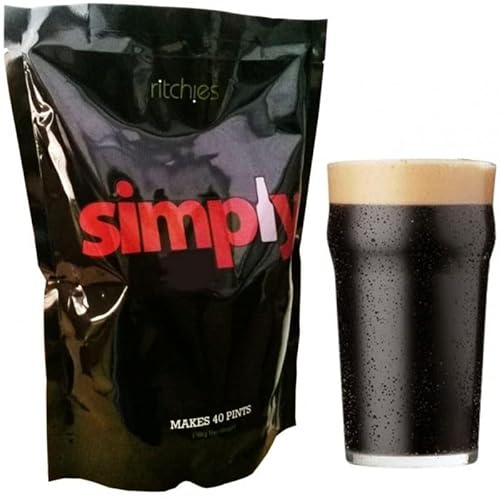caerleon
Regular.
IPA said:swiggingpig said:IPA said:I use a mesh bag, from a Thorn Electrim Boiler, to hold the main quota of hops and a hop sock for the late addition hops. After the boil I remove the mesh bag and perch the hop sock on the top of the central spindle. When the level of wort is just above the tap hole I wedge the hop sock between it and the heating element and the tilt the BM. The hops in the sock act as a filter and you can drain of all of the wort leaving the trub behind. I have now done this twice and it works a treat. No more lost volume.
I used pellets in the BM before - first time - never again! been trying to find a stainless alternative that will fit between the malt pipe and the body of the BM - i might get designing one and sell em on ebay.






















































 :drink:
:drink: